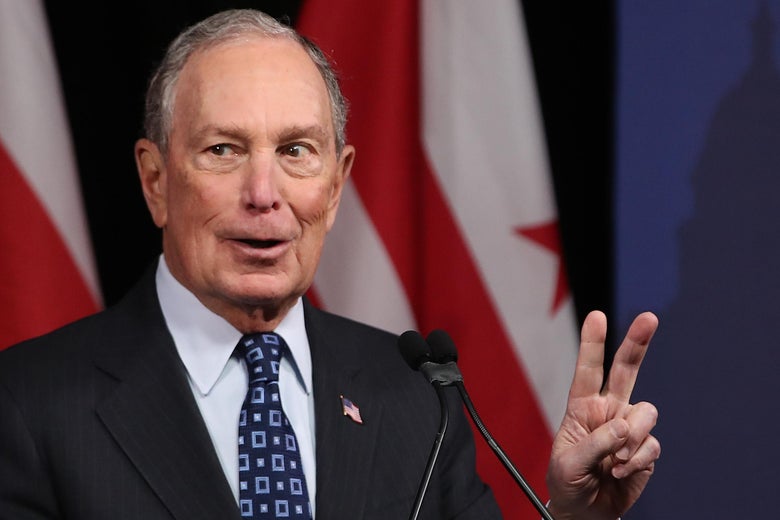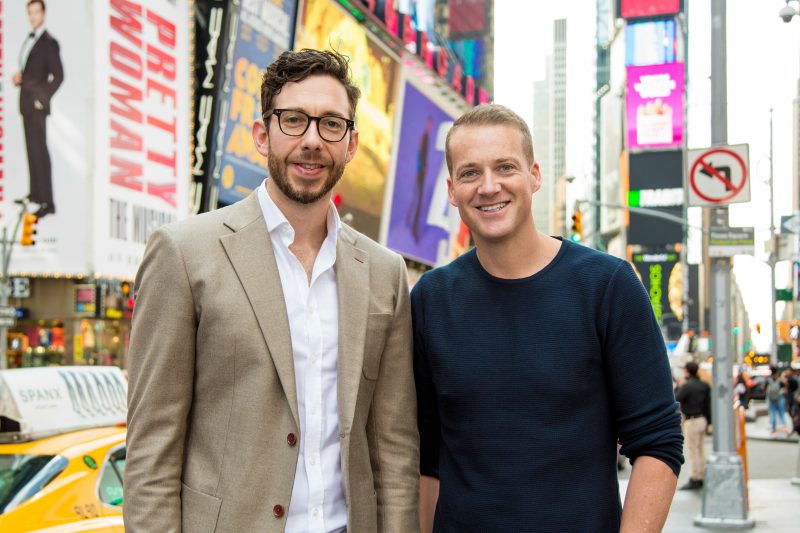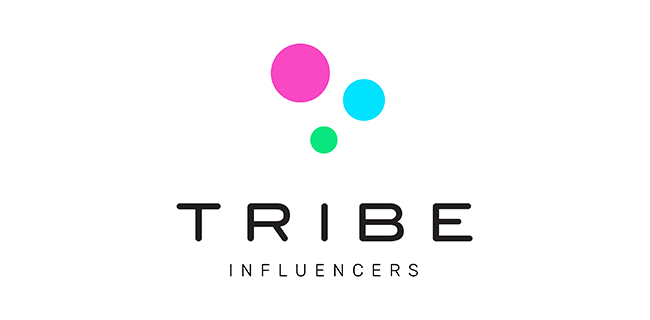Billionaire presidential candidate Mike Bloomberg assigns chunk of advertising budget to influencer platform Tribe
Billionaire US presidential candidate Mike Bloomberg has turned to Jules Lund’s influencer platform, Tribe, as part of an advertising push that has doubled in spend. The brief explains that the 77-year-old Democrat and former New York mayor will pay micro-influencers with 1,000 to 100,000 followers US$150 for an asset that addresses “why Mike is the candidate who can change our country for the better” and “why YOU think he’s a great candidate”.
Tribe’s CEO Anthony Svirskis said Bloomberg’s use of the platform has sparked interest from other politicians, but the uptake in Australia will likely be slower.

Bloomberg will spend over US$2bn on campaign advertising, according to reports
“The two political markets are very, very different. I certainly wouldn’t rule it out in the future in Australia, but I certainly think its foundations will be forged in the US. I still think it’s got a lot of establishment to do,” Svirskis told Mumbrella.
“When you get into the world of an influencer endorsing a [political] message to an audience, that’s a whole different environment and I think there needs to be a lot of thought into if this is going to be legitimised, [and] what’s the best way to do it.”
The commissioned micro-influencers won’t be publishing the content to their own accounts and audiences. Rather, the brief is purely content creation focused, with the assets to be posted to official Bloomberg campaign accounts. Tribe is hesitant to allow politicians to pay influencers to promote political messages to their own audiences until the space is better regulated, Svirskis explained.
“I don’t think there’s enough regulation around it at this point in time. There’s the FTC [Federal Trade Commission] guidelines for advertising, the Electoral Commission has their own guidelines for political advertising, the social platforms and a lot of the digital platforms have their own stances on it and their own policies,” he said.
“When we started down this path [with the Bloomberg campaign], we really looked into that component of it. There really isn’t enough rigour around it to say, this is the way in which you should be doing it and it’s going to tick all the boxes for all the parties. It was a pretty simple decision not to move into the world of influencers promoting messages to their audiences, and just stick to the content, which is just delivery of an asset.”

Svirskis (left) and Lund in NYC, where Tribe set up its US headquarters last year
It does make sense though, Svirskis said, for politicians to start playing in the world of influencer marketing. After all, they are a brand, and good brands experiment with the latest marketing trends.
“The world of advertising is dominated by brands, but certainly in this time in America, the political agenda becomes a major source of advertising, and it seems reasonable to say, well they should be adopting the latest trends and technology that the rest of the marketing world is,” he said.
It’s unclear how many assets Bloomberg intends to buy from Tribe influencers at a rate of US$150 each. But, with a net worth of more than US$60bn, The Guardian reports that Bloomberg is intending to spend at least $2bn running for president. In January alone, according to the report, Bloomberg spent more than US$300m on campaign advertising, more than Hillary Clinton spent advertising her entire 2016 campaign. And that financial muscle was flexed when he bought a $10m Super Bowl spot for an ad criticising President Donald Trump.
As for how Bloomberg’s US$150 offer stacks up to the average on Tribe’s platform, Svirskis said the typical rate is around a few hundred dollars. In Australia, a piece of content a micro-influencer posts to their audience usually comes with a price tag of $250-$300. But as one’s audience grows, so does their fees. In the US market, a Tribe influencer’s post can cost a brand thousands.

Founded in 2015 by TV and radio personality Lund, Tribe expanded into the US last year, funded by a $10.5m capital raise and headquartered in New York City’s One World Trade Center, from which Svirskis is based. 2019 also saw the company launch an on-demand content marketplace, and name former Unilever CMO Keith Weed as an investor.
The platform’s model involves brands (including, now, politicians) posting a brief to its network of 80,000 influencers, who can choose to create content and upload it for consideration. The brand buys the submissions it likes, with a 30% Tribe service fee added, although there’s no obligation to approve (and therefore pay for) any content. Currently, around 30,000 pieces of content are submitted monthly, equating to US$450,000 worth of content daily.
In 2019, Tribe worked with 1,600 brands, with 25%, like Bloomberg, just buying content.
Both Svirskis and Lund have had positive feedback from the marketing community on the platform’s work with Bloomberg. But for now, Tribe will wait for regulators to catch up before it completely commits to the crossover between influencers and politicians, keeping the boundary firmly drawn at content creation – as opposed to sponsored posts on the influencer’s accounts – until then.
“We’ve had a number of other inbound inquiries [from other politicians], but we just want to work our way through those,” Svirskis said.
“We’re just very comfortable being being very cautious in this space and keeping it to content until there’s a point in time where there’s regulation and direction around it.
“[Tribe is] largely for brands, and brands of all sizes really. That’s what we built it for and that’s what it’s main use will be for the next period of time. [Bloomberg’s campaign is] just a really interesting application for it.”



 Linkedin
Linkedin
Will Tribe turn down the brief after it’s been revealed Mike Bloomberg said minorities are stopped too little and whites and stopped too often by police for random checks?
https://slate.com/news-and-politics/2020/02/leaked-audio-bloomberg-aspen-institute-racial-profiling-stop-and-frisk-policing.html
Is the money worth it or will Jules want to keep up his cool dude persona going?
User ID not verified.
From a Tribe post:
“Read how TRIBE‘s Mike Bloomberg partnership influenced political ad policy in SEVEN days.”
I’m not sure that a marketing company should be touting their influence in political elections and public policy as a win…
User ID not verified.